Many years ago, I took an adult-education entry-to-woodworking course. The once-a-week evening classes were held at a local high school over 10 weeks. I made a mahogany hinged-lid box with dovetailed corners. It took me the whole 30 hours of the course to make. When it was finished, I was ridiculously proud of it until a friend said, “Nice! What else did you make?”I still have and use my adult-ed box, but I’ve made nothing since. I’m handy with a paint-stripper, power sander, sanding block, paintbrush, varnish brush, even occasionally a palette knife and wood filler, but I am not a maker of wooden objects. So, when another friend recently suggested I make a wooden toolbox, I laughed. Then I found the CLC Tool Box. While Chesapeake Light Craft is well known for its kits for kayaks, canoes, and boats, the company also offers some “small projects,” among them the Tool Box.The finished box measures approximately 25″ × 10″ and, with its gently arched carrying handle, stands about 9″ high. It’s made entirely out of 9mm marine plywood. On their website Chesapeake Light Craft says the toolbox is an “interpretation of the ‘classic tab-and-slot’ type favored by woodworkers for its ease of assembly.”
Join The Conversation
We welcome your comments about this article. To include a photo with your remarks, click Choose File below the Comment box.



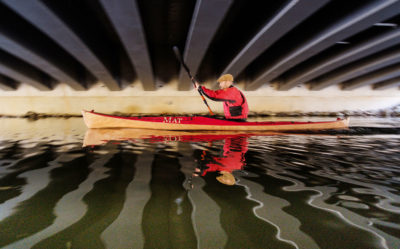


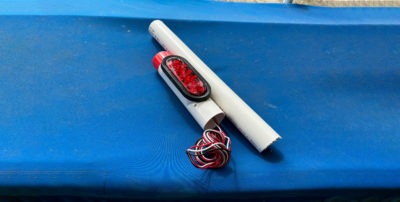
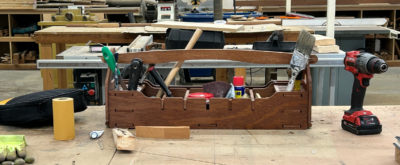
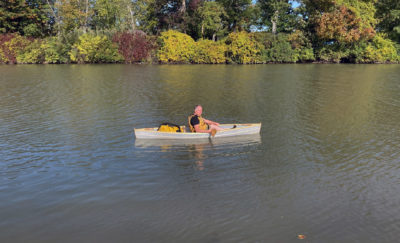



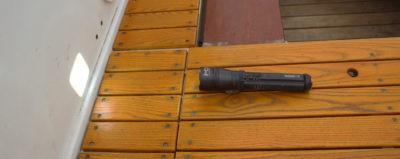
I’m a 65-year-old stair and railing contractor. I do realize the CLC kit is very nice, but a great way to learn woodcraft and burn up high grade off cuts is to build one or many toolboxes.
Aside from that, one really useful tip is instead of making a wood handle, substitute a pipe clamp and you will always be happy you did. When you take it out you can have full access as well.
I learned the pipe-clamp handle from some German Baptist cabinetmakers who are much like Amish. They went a “step” further by making a drop in tray so that by pulling the clamp out and the tray, the toolbox flipped over for a neat step stool for a quick reach to trim doors and crown cabinets. Very handy.
I do like my tool box, which can be a seat or a step as I learned from Joe Liener and wrote up in an earlier SBM. This one has given me some ideas for removable partitions and trays.